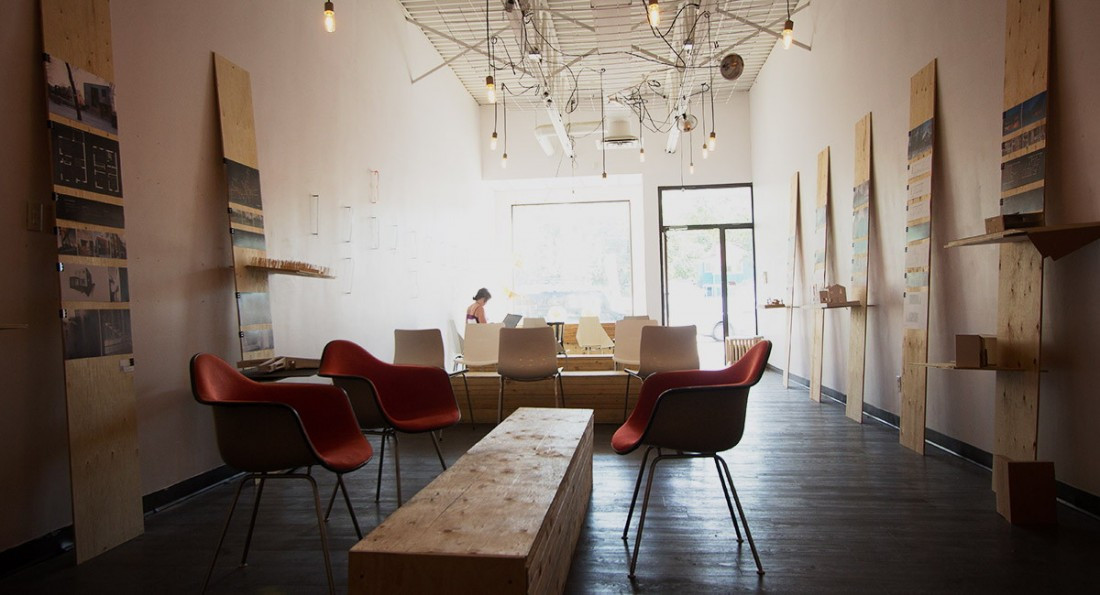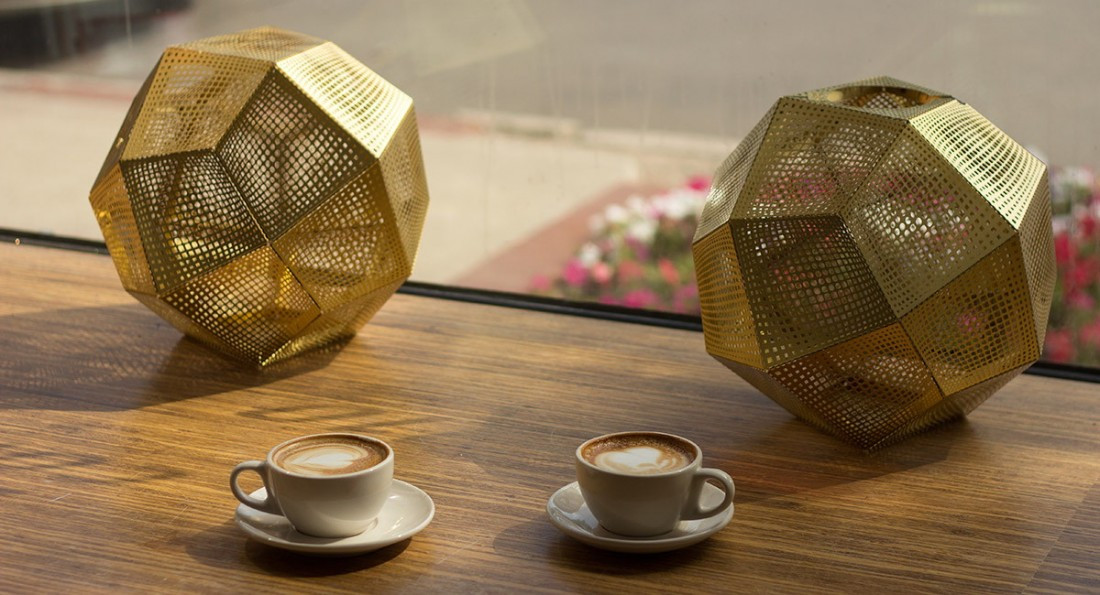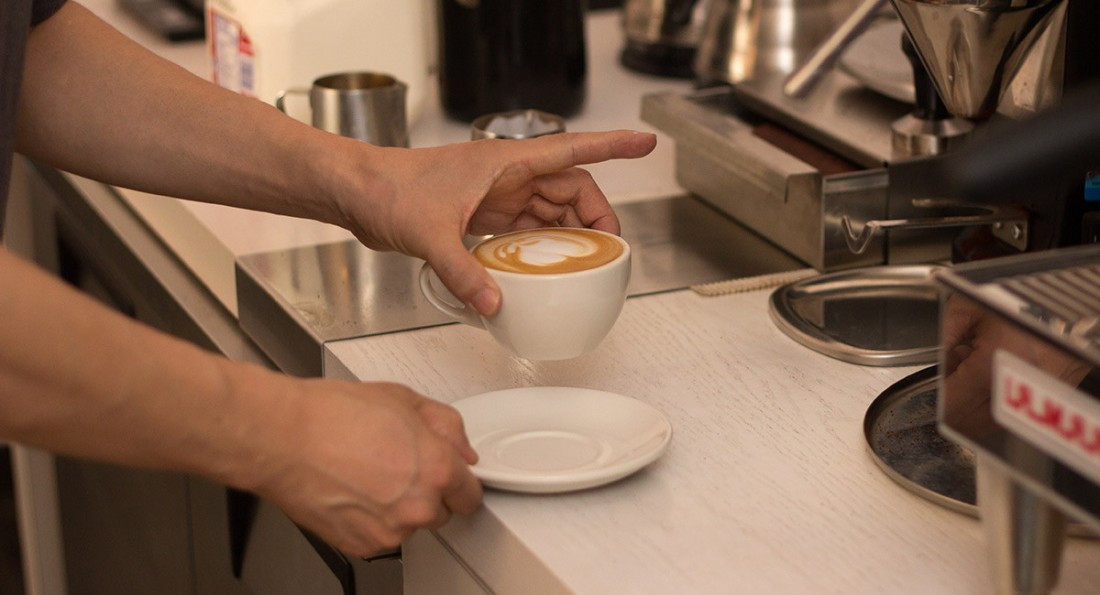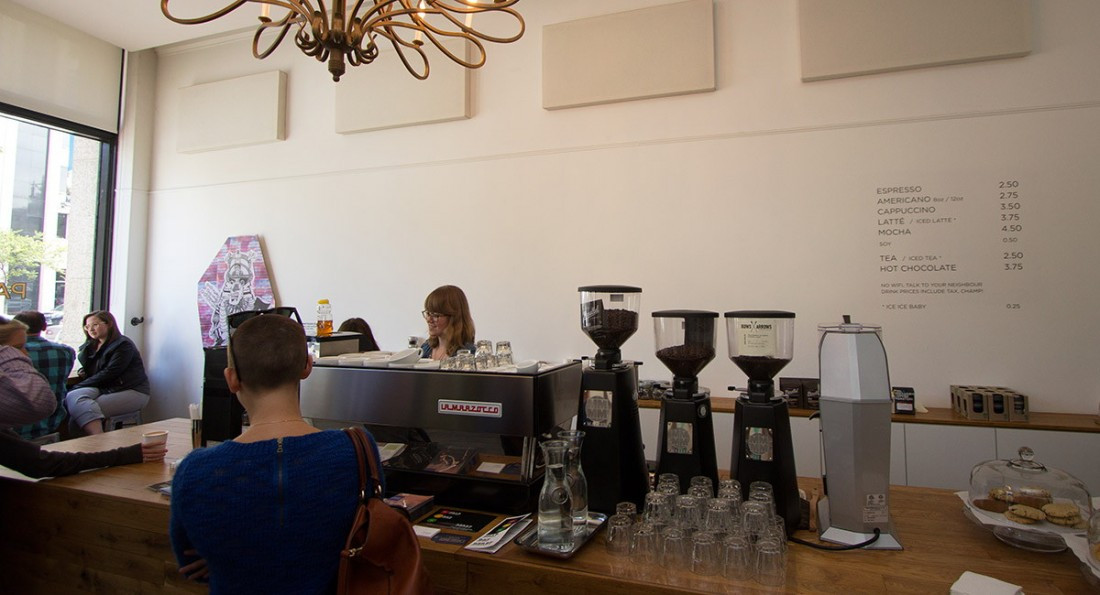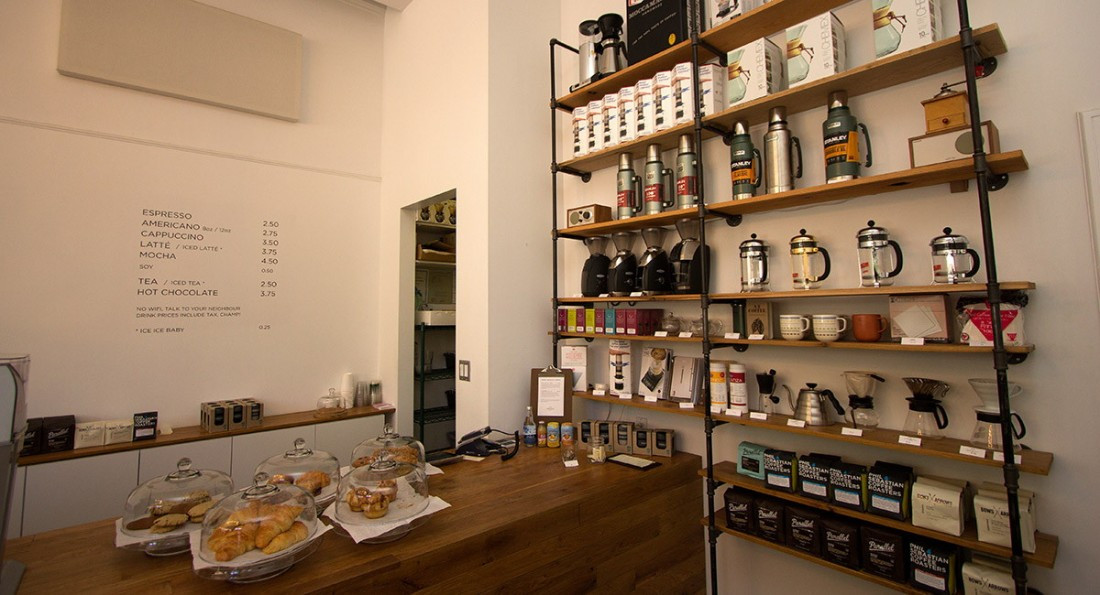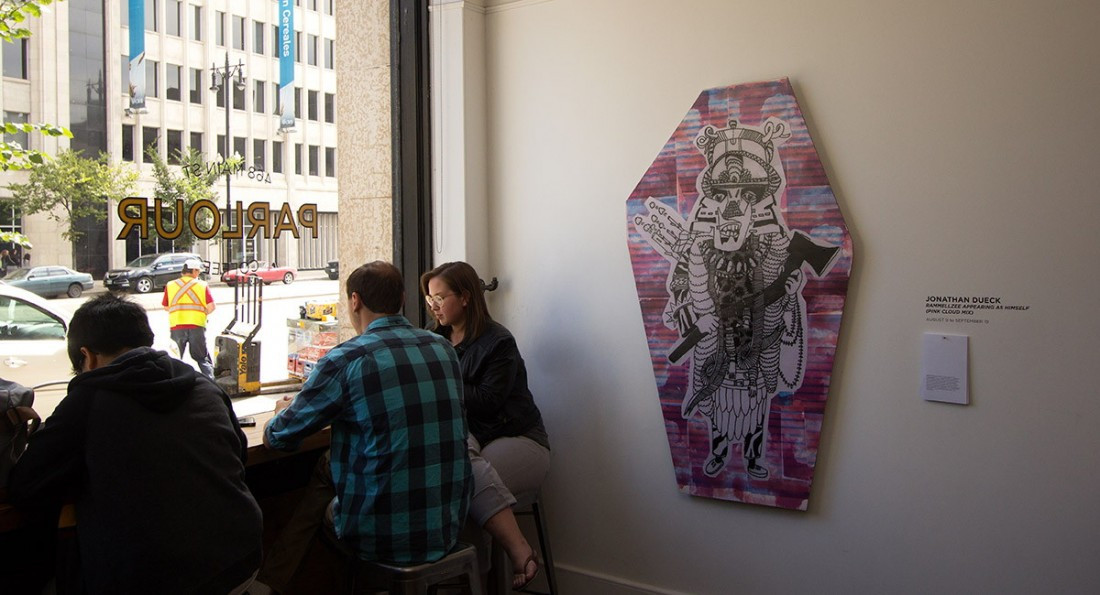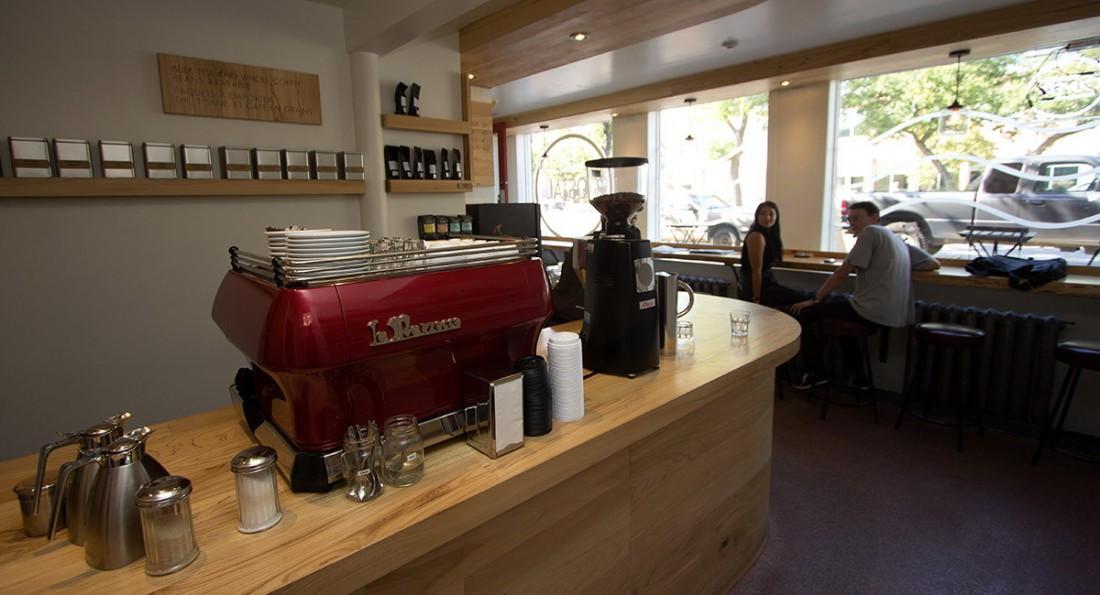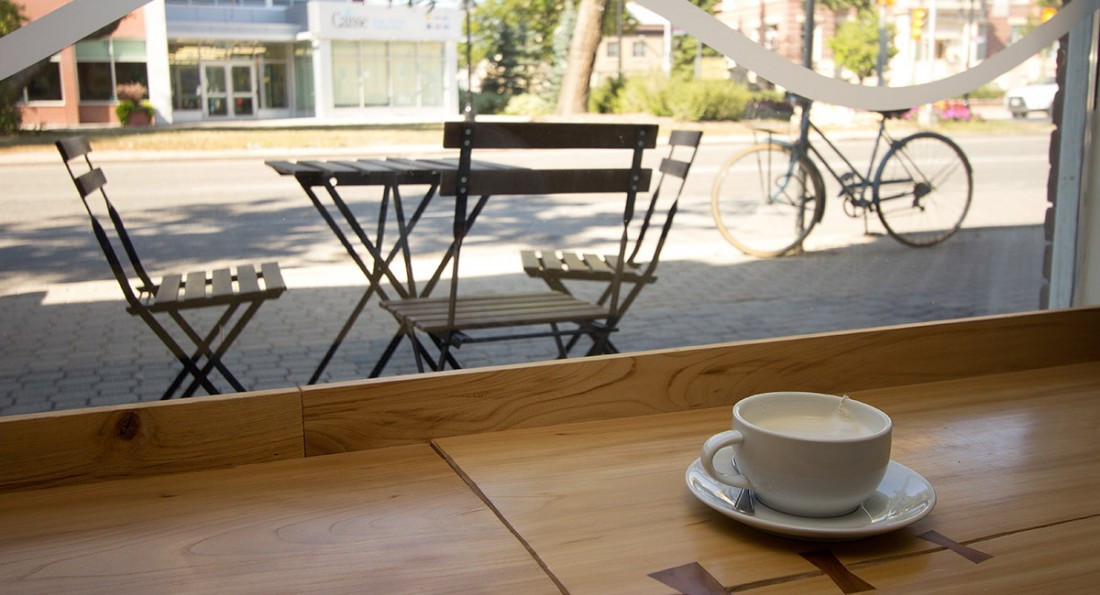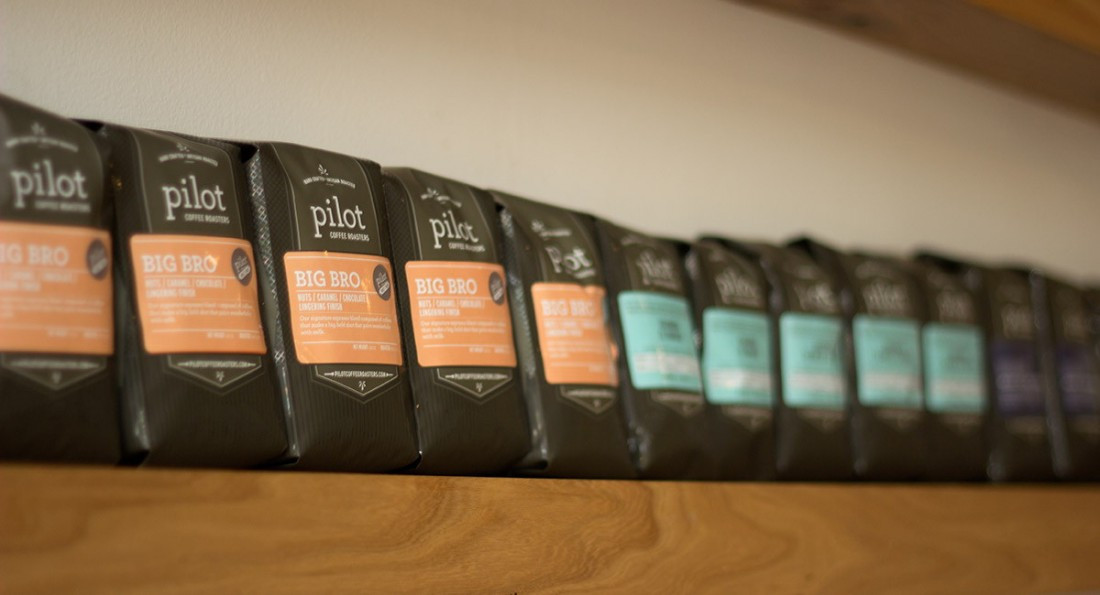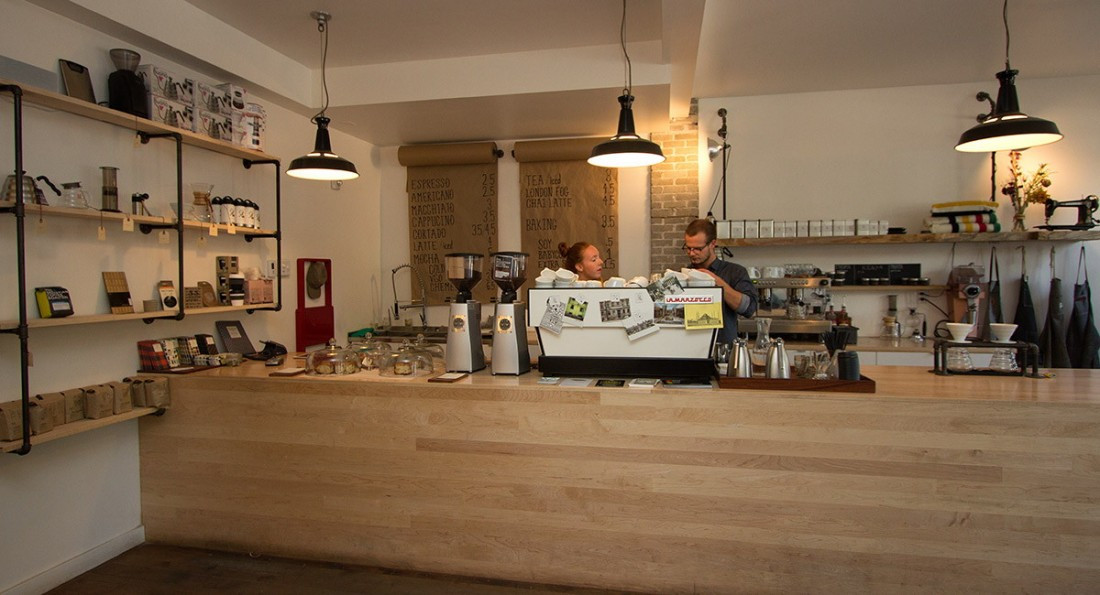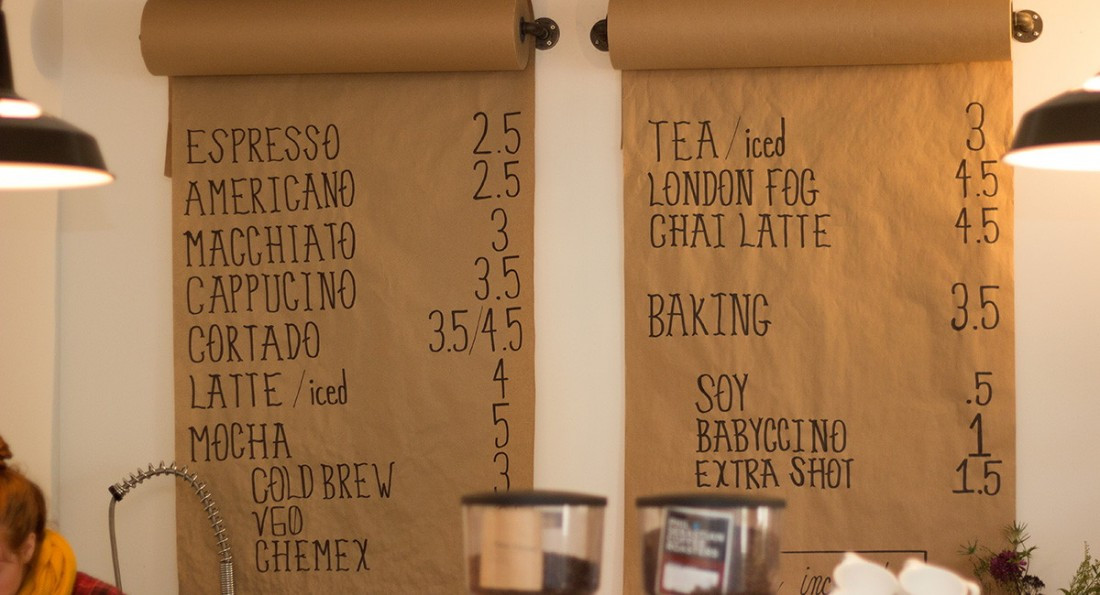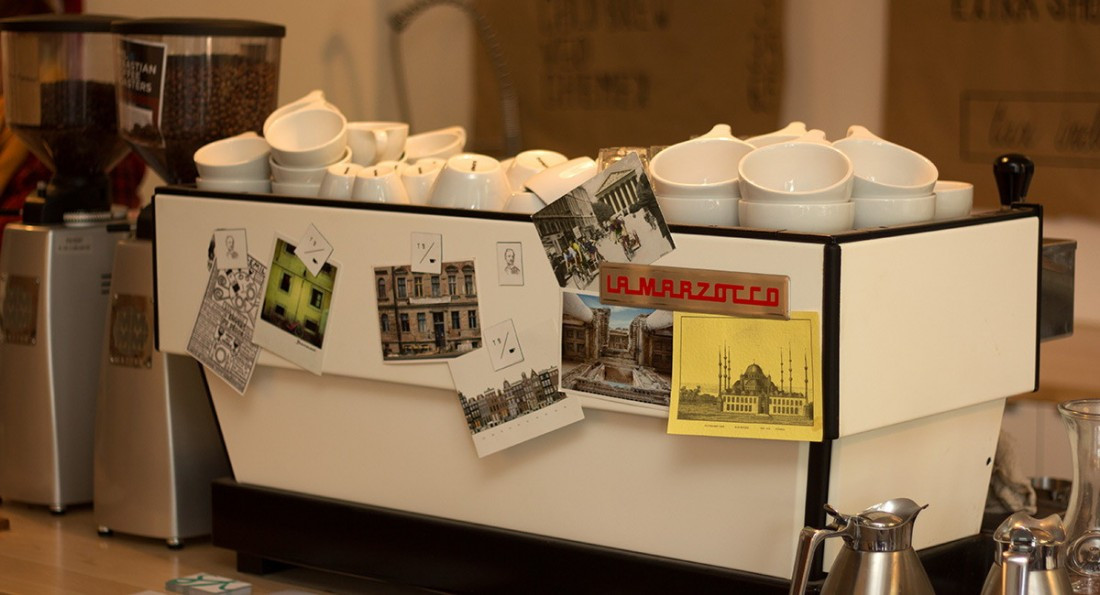Measuring our lives with coffee spoons
Artisanal cafés are making Winnipeg a more enlightened place
Around the year 850, a young shepherd named Kaldi was traversing the Ethiopian Highlands when he noticed his goats acting erratically – so spirited, in fact, they could not sleep at night. Kaldi quickly concluded that his herd had been munching on berries from a strange tree and so reported his findings to the abbot of a local monastery. After consuming a drink made with the suspect berries, so goes the legend, the abbot became alert for the long hours of evening prayer.
Kaldi’s apocryphal discovery was an important one. The berries growing on the evergreen shrub of the genus Coffea would, in the 15th century, become an important commodity, and later be used to roast one the world’s most celebrated beverages.
The dark brown liquid, known to pilgrims in Mecca as the Wine of Araby, was popularized for the first time in the Arabian Peninsula and Ottoman Empire (what is now Turkey) where it was imbibed in cafés throughout cities such as Cairo, Damascus and Constantinople.
Coffeehouses, or maqha, came to galvanize social spaces. They facilitated lively conversation and storytelling, political and philosophical thought, and congregated diverse artistic communities. A 1585 manuscript from the era of Ottoman Sultan Murad III illuminates their importance:
“Those who used to spend a good deal of money on giving dinners for the sake of convivial entertainment, found that they could attain the joys of conviviality merely by spending an asper or two on the price of coffee... there was no place like [the coffeehouse] for pleasure and relaxation, and it was filled until there was no room to sit or stand.”
Today, cafés are a global phenomenon. Countless producers and roasters dot the globe, and such corporate coffeehouses as Starbucks are ubiquitous symbols of consumer culture – providing a hyper-individualized product in a ‘plug-and-play’ atmosphere. Disassociated with the gathering places of medieval Turkey and enlightenment Europe, these enterprises foment the antithesis of conviviality: if one isn’t staring into a laptop screen, they’re idling an SUV in the drive-thru waiting for a double-double.
Despite its prevalence, corporate coffee culture certainly doesn’t carry the same nuance as classical cafés – and they’re not necessarily attempting to, either – but the venerable notion of coffee’s social capital endures.
“Cafés used to be a places where philosophers gathered, social revolutionaries conversed and artisans came together to talk about their work,” reflects Jae-Sung Chon, owner of MAKE Coffee + Stuff on Corydon Avenue. “Coffeehouses used to be that public arena where, over a small cup of coffee, people discussed culturally-dense topics. Where is that happening today? That’s a very hard question to answer.”
Opened by Chon – who is an instructor at the University of Manitoba’s faculty of architecture – in mid-December of last year, MAKE is one of four artisanal coffeehouses to appear in Winnipeg since 2010. A hybrid “cultural producer” celebrating design with showcases by young artists and designers throughout its space, MAKE is part of a ‘Third Wave’ movement of café-owners who are creating settings in which to work, develop human connections and engage in meaningful dialogue.
Along with Parlour (Winnipeg’s first speciality coffee shop), Café Postal and Sherbrook’s Thom Bargen, “friendship based cafés” support a crossroads of likeminded people who care about a good tasting cup of java and deeper connections to their neighborhood and its people.
“ Coffeehouses used to be that public arena where, over a small cup of coffee, people discussed culturally-dense topics. Where is that happening today? That’s a very hard question to answer.
Jae-Sung Chon, owner, MAKE Coffee + Stuff
Thom Bargen co-owner Thom Hebert adroitly describes the shops as embodying a “complementary, not competitive business model.” In his words, “We’re trying to get people hooked on a common product and send them to our friends around the city... Having a strong community surrounding us is so important. I love having the chance to make someone’s day better.”
In keeping with the interdependent nature of these artisanal cafés is the way in which the beans are obtained: right from the source.
By working in direct trade with producers and roasters, owners Adrienne Huard of Café Postal and Nils Vik of Parlour, among others, are able to eliminate industry middlemen.
“It’s such a process for the farmers” says Huard. “From growing their crops, to the roaster’s perfection of their bean, we want the best product for everyone.
“The amount of effort that goes into choosing the right coffee, and the work of the pickers, packers and washers is incredible,” adds Vik. Currently celebrating the second anniversary of Parlour, the 30 year-old is also co-owner of Little Sister Coffee Maker, Winnipeg’s latest artisanal café at River Avenue and Osborne Street.
“It taught me I didn’t need a Fair Trade stamp on the bag to know it’s sourced ethically. The companies we work with are very forthright about the ways in which they do their business.”
If a delicate, four ounce striated heart latté is your thing, or a lighter caffé mocha made with freshly shaved chocolate, Winnipeg’s devoted coffeehouse owners will provide it – if not simply for a quick hello, then a conversation with friends, coworkers, or complete strangers.
“It’s a testament to the quality of the coffee we sell, how we serve it and how we order it,” concludes Vik, aptly. “It’s fresher. It’s better. I think the more people that stumble upon will get hooked on the quality. It’s kind of a no-brainer for me.”
Published in Volume 68, Number 2 of The Uniter (September 11, 2013)

